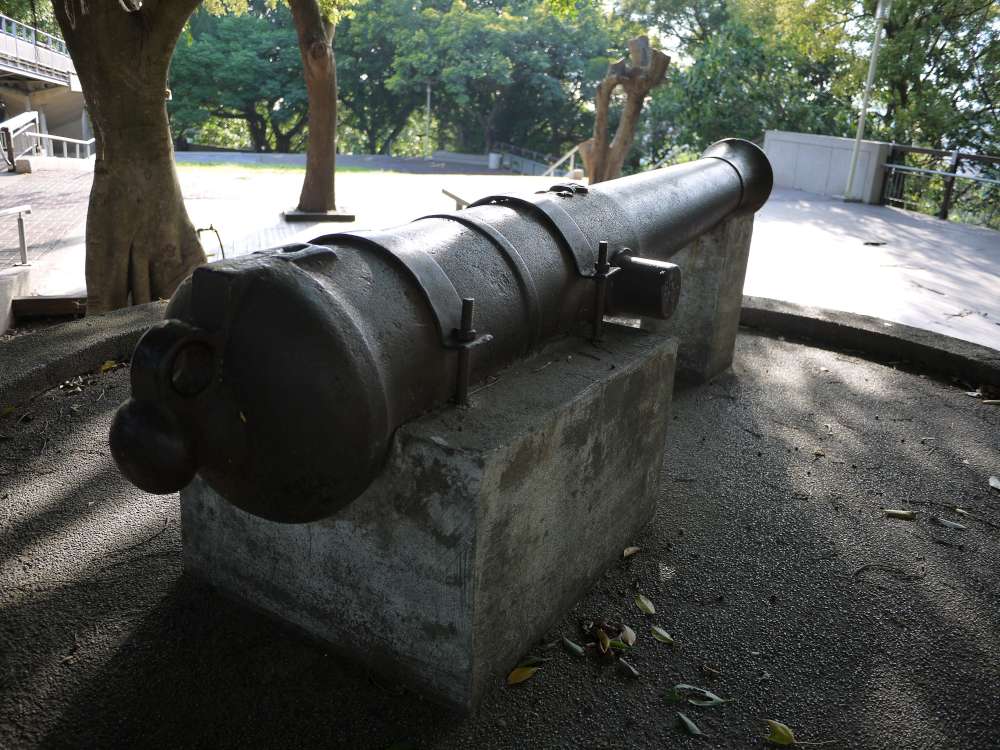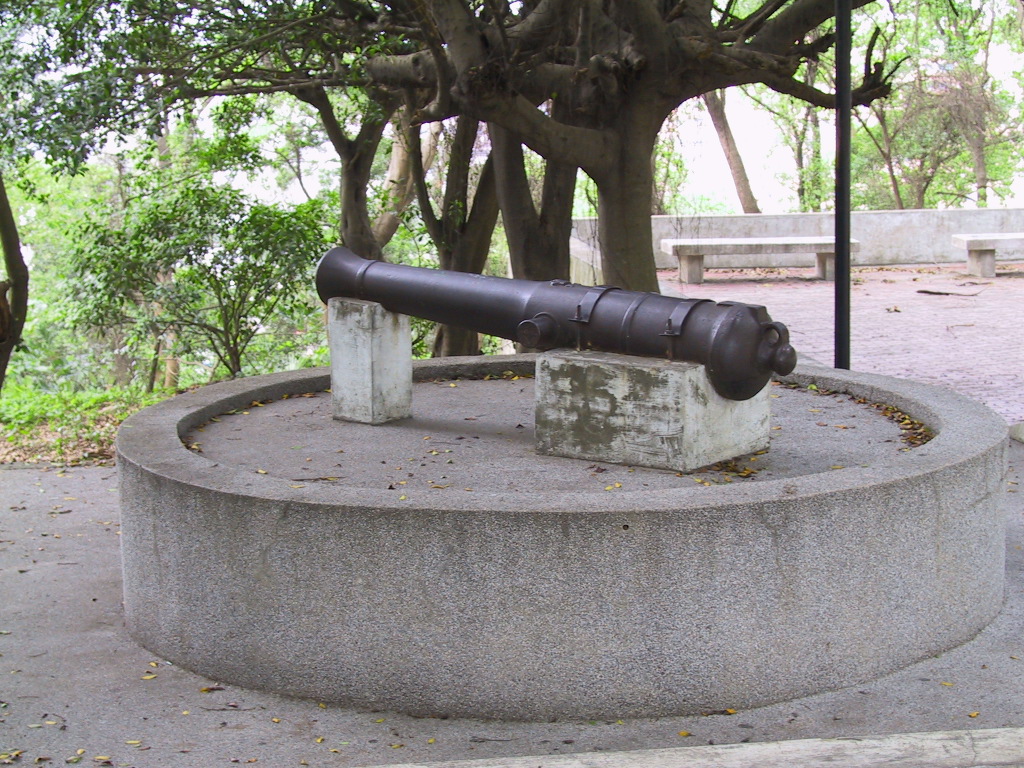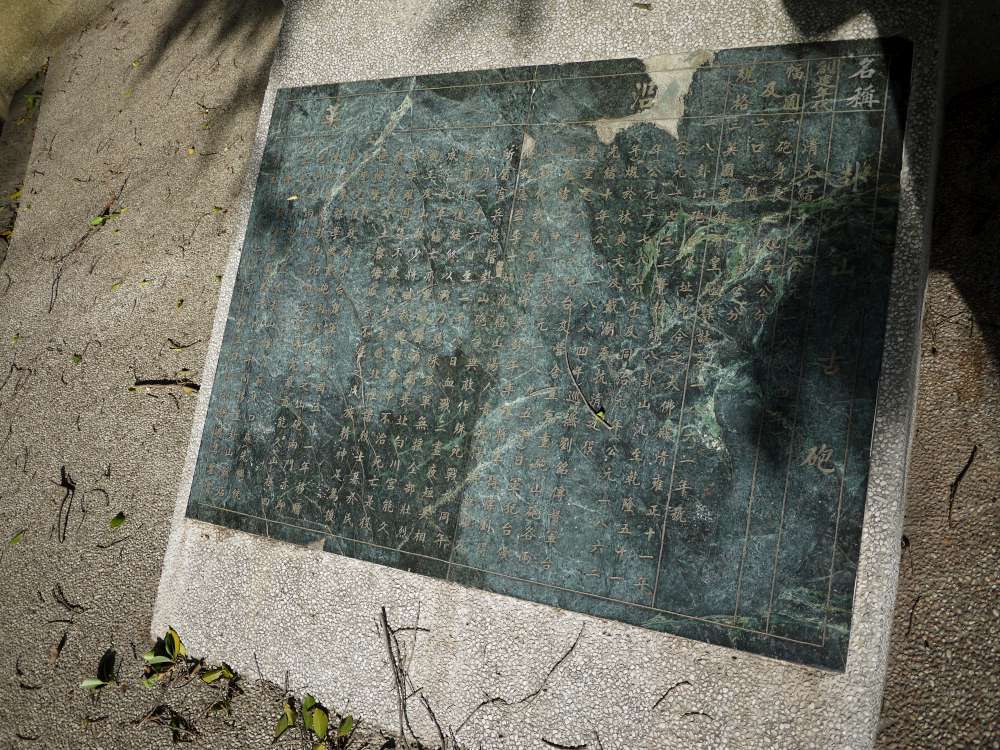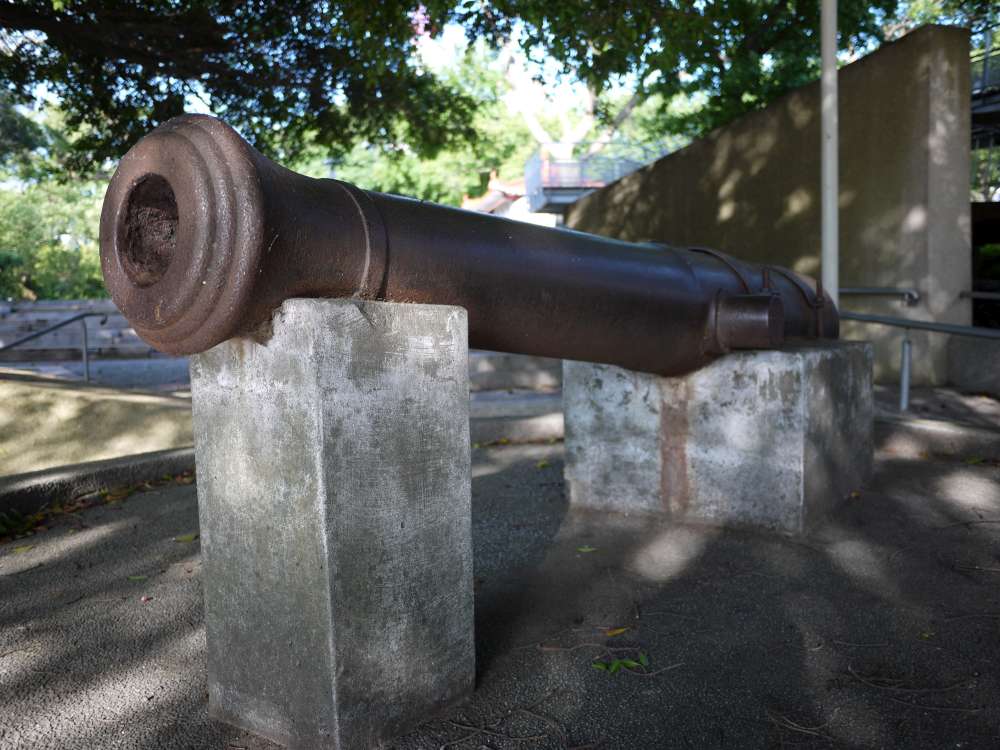Attraction sites特色
The walls and gate of Changhua were torn down in a “city restructure plan” during the Japanese colonization period. In 1914, most of the walls at Dingjun zhai were tear down by Japanese and rebuilt the Beibai chungong nengjiu memorial plate. After Taiwan restoration, the plate was destroyed and in 1965 at the same site, the Baguio sham Buddha was built when the remaining one ancient wall was also destroyed and became a room at the back of the Buddha.

After the war, in light of the strategic importance of the fortress, the Qing Dynasty appointed the Governor of Taiwan, Chi-E Cheng to rebuild the fortress in the fourteenth year of the Guangxu Period (1888), and a battery was constructed at the foot of the mountain.

During the Japanese invasion of Taiwan, historic tragedies were unavoidably repeated. At the time, Japanese Imperial Guards led by Prince Kitashirakawa Yoshihisa came ashore via Yanliao and stormed their way to Dadu River in central Taiwan.

Since the Mt. Bagua battery was equipped with an old mountain gun with a fixed emplacement that could not pivoted, the militia guarding the mountaintop was forced to abandon their stronghold and fled when Japanese troops ambushed them on Mt. Bagua from behind. After the Mt. Bagua battery fell, the militia retreated all the way back to Changhua City. When faced with Japanese troops engaging them with superior firepower from a vantage point, the militia soon evacuated Changhua City.

Ancient History
The city walls and gate of Changhua were demolished during the Japanese Occupation Period due to “City Improvements”. In 1914, most of the fortress was demolished by the Japanese and converted into a monument commemorating Prince Kitashirakawa Yoshihisa. After Taiwan’s recovery, the monument was destroyed and in 1965, the Mt. Bagua Buddha statue was constricted at the former site of the fortress. Eventually, the only remaining ancient wall was torn down and replaced with temple wing rooms behind the Mt. Bagua Buddha statue.



